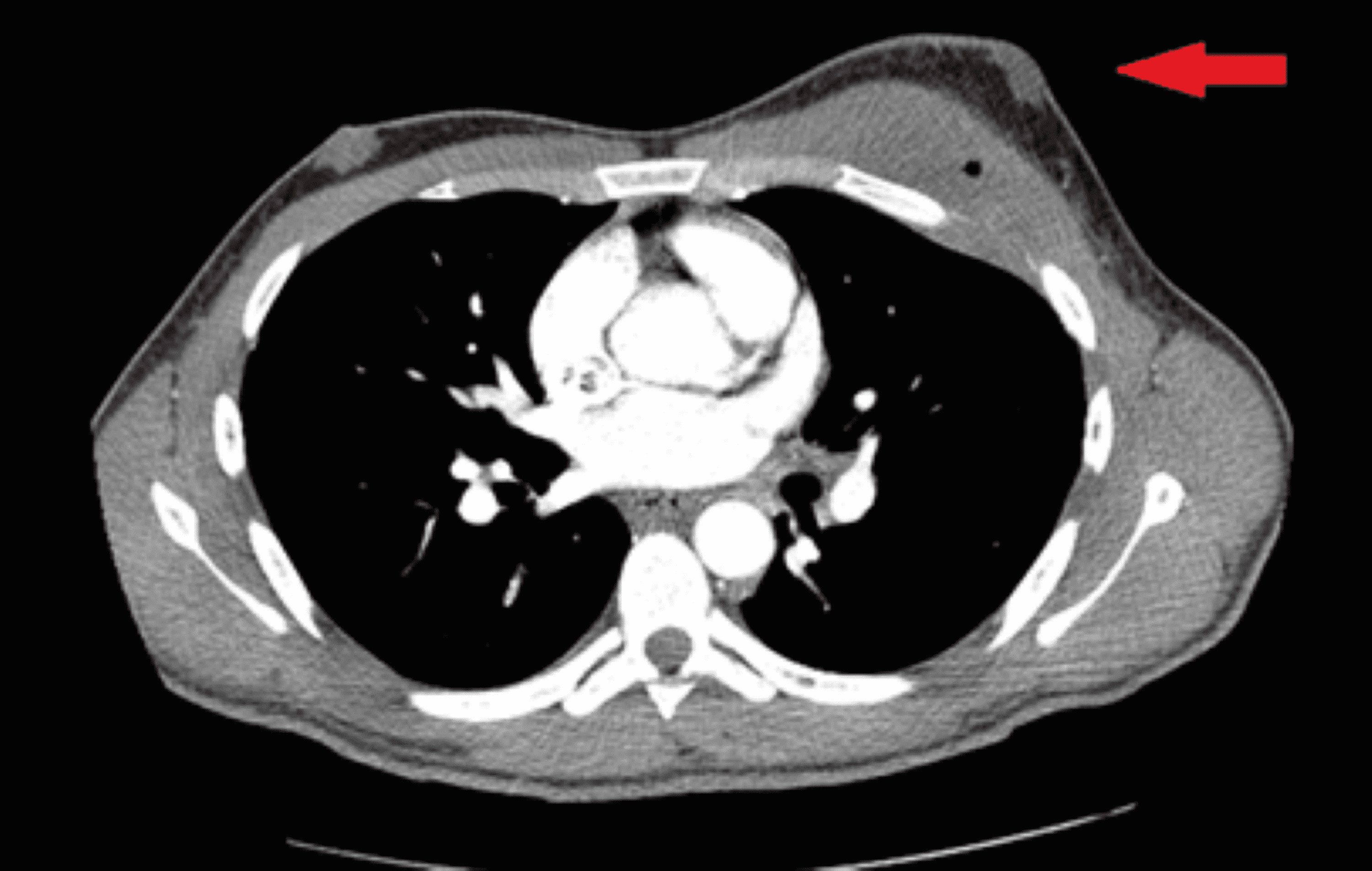

Among them, the vaccines developed by Pfizer (USA), AstraZeneca (UK) and Moderna (USA) have been accepted and used in the USA, UK, and many countries in Europe. Map for coronavirus-related deaths across the globe reported to WHO on 7 January 2021 (source: World Health Organization, WHO).Ĭurrently, a number of countries have developed vaccines for the COVID-19. Health professionals and scientists of many countries in the world are attempting to improve their treatment plan and capacity of test through implementing multifunctional testing to stop spreading the virus and for protecting themselves from the deadly virus. At present, further research on an effective screening process is required for diagnosing the virus cases and segregating the affected people. On 7 January 2021, more than 85,929,428 confirmed cases of the virus and 1,876,100 deaths were reported by World Health Organization (WHO) due to the disease. Recently, all over the world, America, South-East Asia, and Europe have the uppermost number of confirmed COVID-19 cases ( Figure 1). Currently, the virus has spread to almost every country in the world. Quick and accurate detection of the virus is a major challenge for doctors and health professionals around the world in order to reduce the death rate caused by this virus.ĭue to the global climate changes, people have already been suffering from many other diseases, and the impact created by the COVID-19 is immeasurable. The process is responsible for creating an obstacle in oxygen intake. As a result, inflammation occurs, and air sacs can be filled with fluid and discharge. The respiratory tract and lungs are the media where the virus can spread easily. All over the world, a huge number of people died of this disease in 2020. Other secondary symptoms could be body aches, sore throat, and a headache could be all possible.Īt present, COVID-19 disease is increasing daily due to the lack of quick detection methods. At the early-stage, some people may not find any symptoms where most of the people had fever and cough as the core symptoms. COVID-19 attacks the lung and damages the tissues of an infected person. However, the exact answers to these questions are still not agreed upon by the general health research community and currently under investigation. Although the exact time is not yet known, a new study has estimated that the COVID-19 can be viable in the air for up to 3 hours, on copper for 4 hours and up to 72 hours on plastic and stainless steel. As the droplets are too heavy to travel far, they cannot spread person-to-person without coming in close contact. In December 2019, coronavirus (SARS-COV-2) infected the human body for the first time, and it can spread principally among humans through the droplets formed by the infected persons when they speak, cough or sneeze. The COVID-19 is a deadly disease caused by the newly recognized coronavirus. K-fold cross-validation demonstrated that the proposed feature fusion technique (98.36%) provided higher accuracy than the individual feature extraction methods, such as HOG (87.34%) or CNN (93.64%). When compared to other classification techniques, such as ANN, KNN, and SVM, the CNN technique used in this study showed better classification performance. This proposed feature fusion using the deep learning technique assured a satisfactory performance in terms of identifying COVID-19 compared to the immediate, relevant works with a testing accuracy of 99.49%, specificity of 95.7% and sensitivity of 93.65%. Cross-validation analysis revealed that a 5-fold strategy could successfully impair the overfitting problem. The testing stage considered generalized data for performance evaluation of the model. A watershed segmentation algorithm was used in order to mark the significant fracture region in the input X-ray images. Modified anisotropic diffusion filtering (MADF) technique was employed for better edge preservation and reduced noise from the images. The features extracted by the histogram-oriented gradient (HOG) and convolutional neural network (CNN) from X-ray images were fused to develop the classification model through training by CNN (VGGNet). This research has proposed a machine vision approach to detect COVID-19 from the chest X-ray images. Chest X-ray images are primarily used for the diagnosis of this disease.

Earlier detection of the COVID-19 through accurate diagnosis, particularly for the cases with no obvious symptoms, may decrease the patient’s death rate. In December 2019, the coronavirus spread rapidly around the world, thought to be originated from Wuhan in China and is responsible for a large number of deaths. Currently, COVID-19 is considered to be the most dangerous and deadly disease for the human body caused by the novel coronavirus.


 0 kommentar(er)
0 kommentar(er)
